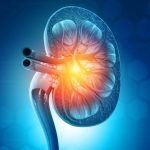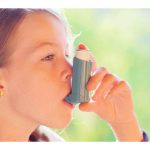
So, the new year has begun and everyone is trying to losing weight, but what is the best way to determine how many pounds you need to shed — BMI or body fat? “Both body fat percentage and BMI are important to monitor. They give you a good starting point, but you don’t want to use BMI alone to make a health diagnosis or define body fat,” said Claire Edgemon, a senior registered dietitian at Baylor College of Medicine in Houston. “If BMI is used alone, it could be misleading about an individual’s health status.” Why is BMI a less accurate measure of body fat? It only tracks a person’s weight compared to their height, but that doesn’t include muscle, bone or fat mass. And since BMI doesn’t measure what is going on metabolically, blood pressure, blood sugar and cholesterol levels should also be measured, Edgemon noted. In contrast to BMI, percentage of body fat determines how much of a person’s weight is fat. A quick way to measure body fat comes down to the circumference of the waist. Over 35 inches for women and over 40 inches for men points to more abdominal fat and greater health risks, Edgemon said. “There is a healthy range for body fat percentage, but there are differences to consider, like age or gender. A healthy body fat range… read on > read on >
























-300x200.jpg)













